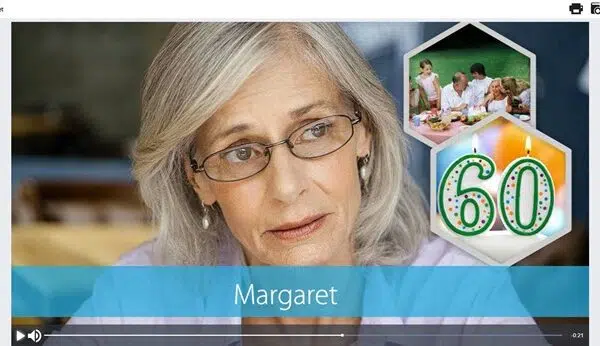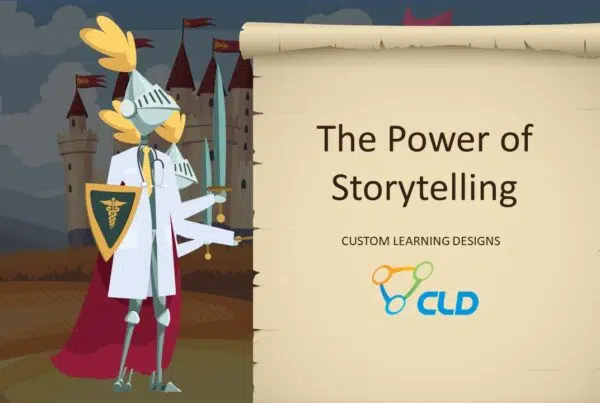
General Session: The Future of Learning by Sugata Mitra (Inspiration for “Slumdog Millionaire”)
Session Takeaway
This morning’s keynote explored the idea of “Is the role of the trainer changing to facilitator of learning?” Through his experiments, Sugata has shown that when given the chance, children will find and learn information on their own. But… when that learning is facilitated by offering encouragement and admiration, it is improved. You can check out his impressive TED talk here.
Alicia’s Key Learnings
1. Schools enabled empires and are now obsolete
2. Not just things, even concepts, can dematerialize
3. Groups of children using the internet can teach themselves anything
4. The presence of a friendly mediator improves self-organized learning
5. Allowing internet into the exam hall will change the entire system
6. Tomorrow’s workforce is going to be explorers
7. Learning can emerge as spontaneous order at the edge of chaos
8. Being able to find out is better than knowing
9. Today’s adults will need some reprogramming to be able to adapt to this system, but can also gain from it
Your Teaching is Getting in the Way of My Learning by Sarah Thompson and Ronnie Ashline
Session Takeaway
This was a great session to build on and put into practice some of what Sugata discussed during his keynote speech. After a very brief definition of what experiential learning was, we dove right into developing our own training solution. Through our experience we practiced, while learning, the central principals. We even got to see a moving video of experiential learning in action, which has recently gone viral. It hits on an emotional note as it extols the virtues of letting children learn by doing, as opposed to being taught. Check out the video here.
Alicia’s Key Learnings
1. Challenge the learner with a problem
2. Guide the learner while they uncover potential solutions
3. Support the learner with tools as they build a solution
4. Evaluate progress and provide feedback
5. Build time for reflection and debrief with peers and coaches
Pragmatic Product Training: Faster Global Delivery in the Face of Constant Updates by Chanin Ballance
Session Takeaway
Developing training materials in quickly changing fields can be challenging. It seems that as soon as the materials are approved, they are out-of-date. Developing training materials for a global market is even more of a challenge. Micro-learning, which can also be called quick learning modules, can be a way to disseminate training faster.
Alicia’s Key Learnings
1. Rapid development tools increase the flexibility and responsiveness—know the tools!
2. Get yourself into the scrum early. Meaning, start working with development teams and marketing early so that training development doesn’t wait until the product is ready to launch.
3. Factor in multiple touch points, refreshers, and checks into your holistic learning cycle.
Make Powerful Infographics Fast by Mike Parkinson
Session Takeaway
This was a very energetic session that made me feel empowered to make better infographics… or, at least, give better instruction to our graphic designers. The answer is: 6 simple steps and a great cheat sheet.
Alicia’s Key Learnings
Here’s an example of a graphic cheat sheet that was presented, which is useful as you work to create dynamic and valuable infographics, like the one below, which demonstrates the 6 simple steps.
Evidence-based Techniques to Make your Training Stick by Barbara Carnes
Session Takeaway
I closed my day by learning how to make training sticky. As content developers and trainers, there is a lot we can learn in all areas of making it sticky. One of the first steps is definitely to set up the training appropriately by communicating “Why is training important?” as well as “What’s in it for me?” During training, the message has to carry through, as well as give the learner an opportunity to practice and learn from failure. This could be their own failure, or someone else’s (ie, a video clip). One of the most important pieces of the puzzle is the pull-through. There are many ways to facilitate pull-through after training, which may include giving managers a toolkit to reinforce training, have learners select what they are going to do to implement training (and reminding them of that in a few weeks), or even to have a game that deploys a few weeks after training is completed.
Alicia’s Key Learnings
Be sure to check back tomorrow for the final installment of Alicia’s ATD 2015 insights! Which session resonates the most with your daily challenges and opportunities? Let us know in the comments below.






